Variable area flow meters, commonly known as rotameters or float flow meters, are widely used for measuring small and medium flow rates of liquids, gases, and steam. This guide outlines key installation precautions and selection criteria to help avoid common errors and ensure optimal performance.
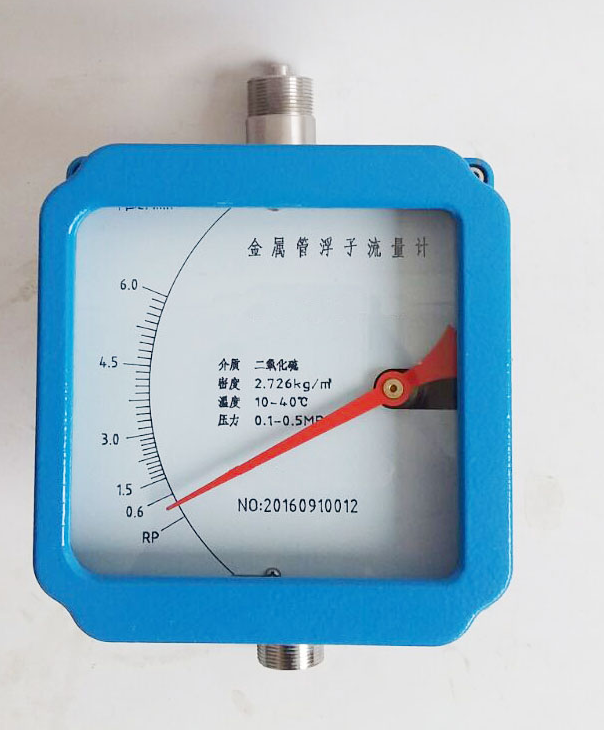
1. Installation Guidelines
To ensure accurate measurement and long-term reliability, follow these best practices:
📌 Orientation and Positioning
Vertical installation: Ensure the axis deviation from vertical is less than 2°.
Horizontal installation: Deviation from the horizontal axis must also be within 2°.
🧹 Pipeline Preparation
Pre-cleaning is essential: Blow through the pipeline before installation to remove iron particles and debris.
If contamination is unavoidable, install a magnetic filter upstream.
🌡️ Environmental Conditions
Avoid locations with strong temperature fluctuations or direct sunlight.
Operating environment: −25°C to +60°C.
If near heat sources, ensure thermal shielding or ventilation is in place.
Avoid installation in corrosive atmospheres.
🧲 Magnetic Interference
Metal tube rotameters rely on magnetic coupling. Keep ferromagnetic materials at least 10 meters away from the meter.
➖ Straight Pipe Requirements
Maintain upstream straight pipe length of at least 5D and downstream length of 3D, where D is the pipe diameter.
Ensure matching pipe diameter and flange/thread type.
🛠️ Additional Considerations
Leave adequate space for maintenance access.
Ensure the sensor material is compatible with the process fluid.
Support piping near the inlet and outlet to prevent mechanical stress on the meter.
Bypass piping is recommended for easier maintenance or meter replacement.
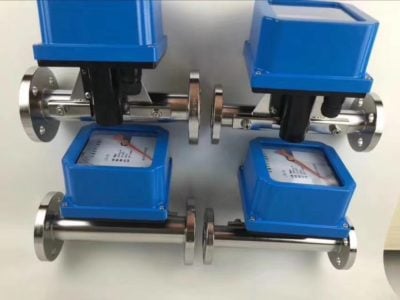
2. Selection Considerations
⚙️ Accuracy and Application
Typical accuracy: ±1.5% to ±4.0% FS.
Suitable for non-critical measurement applications.
⚠️ Process Compatibility
Avoid use in systems with solid particles or impurities, as the float may become jammed or stuck.
3. Selection Guidelines Based on SH/T 3005-2016 Standard
✅ General Use
Rotameters are recommended when:
Local flow indication is sufficient
Remote signaling or alarm output is needed
Accuracy requirements are moderate
Recommended configurations:
Nominal diameter: DN15–DN150 (DN20–DN150 for lined versions)
Pressure rating: PN10, PN20, or PN50
Accuracy:
Local display: ≥ 2.5% FS
Remote transmission: ≥ 1.5% FS
Normal operating flow: 60%–80% of full scale
Operating range: 10%–90% of full scale
Material:
Body: same or better than pipe material
Float: ≥ 316SS; optional Monel, Hastelloy C, or titanium for corrosive media
Add magnetic filters when trace iron particles exist
Install damping mechanisms for gas, steam, or pulsating fluids
Must be installed vertically, with flow from bottom to top
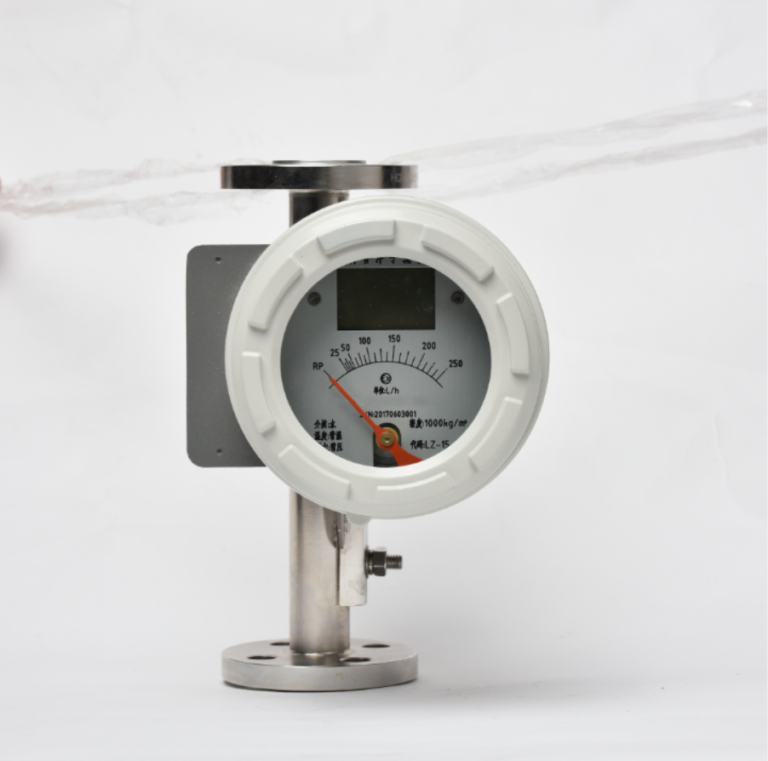
🔍 Glass Tube Rotameters
Suitable for clean air, inert gases, and water in low flow applications
Max pressure: 415 kPa (g)
Max temperature: 90°C
Not recommended for flammable, toxic, dirty, or corrosive media
Pressure rating: PN10
🔩 Metal Tube Rotameters
Suitable for flammable, toxic, or corrosive media (if no ferromagnetic or abrasive particles present)
For highly corrosive fluids, PTFE or PFA liners may be used
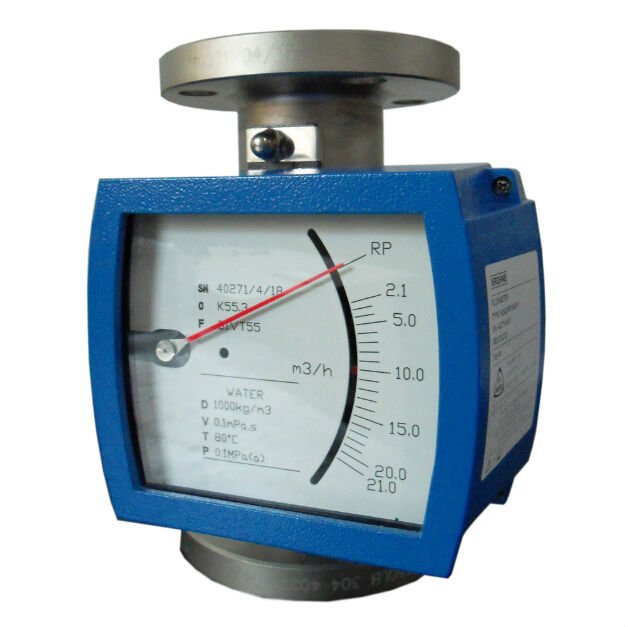
🔥 Jacketed Rotameters
Recommended for fluids prone to crystallization, vaporization, or condensation
Use heating/cooling jackets
Max nominal diameter: DN80
💨 Purge Rotameters (Blowdown Flow Meters)
For applications requiring purging during level/pressure/flow measurement
Typically equipped with needle valve and pressure stabilizing units
Max nominal diameter: DN25
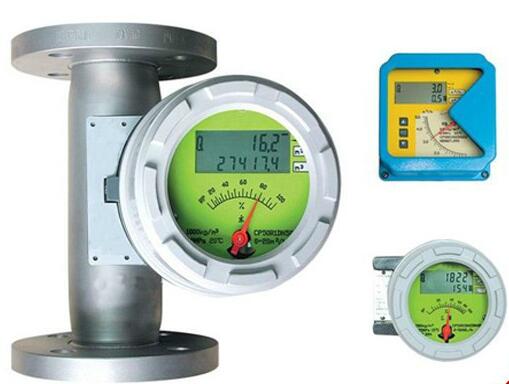
📌 Summary Recommendations
| Selection Factor | Recommendation |
|---|---|
| Orientation | Vertical preferred (bottom-to-top flow) |
| Fluid type | Clean liquids/gases; avoid particulates |
| Installation environment | Stable temperature, non-corrosive air |
| Material compatibility | Ensure float and body resist fluid attack |
| Measurement purpose | Low-accuracy, local/remote flow reading |
